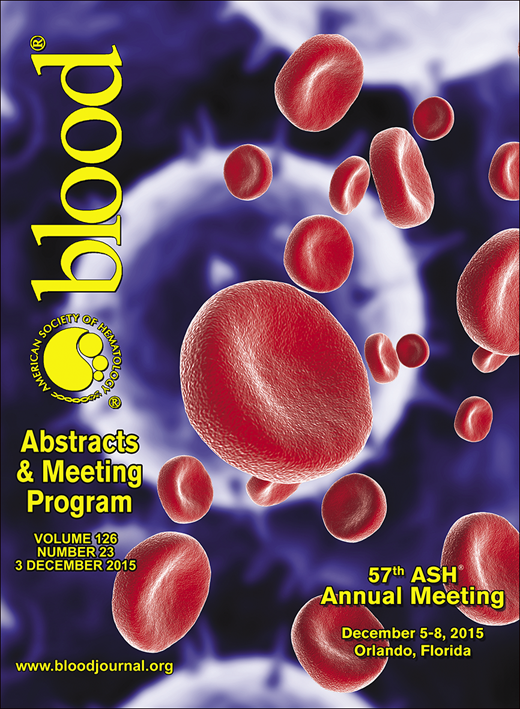Abstract
Many genetic syndromes are characterized by a wide spectrum of clinical severity. Even within one family clinical presentations can show extreme variation. Mosaic tissue distribution caused by spontaneous correction of a germline pathogenic allele is one of multiple explanations for variety in phenotypic expression of an inherited mutation. This phenomenon, called somatic reversion, is infrequently observed and can be easily overlooked. Reversion needs to be considered if a person presents with a milder than expected clinical course or with a mixture of phenotypically normal and abnormal cells.1 Mechanisms that may explain reversion include mitotic gene conversion, back mutation, intragenic mitotic recombination and the occurrence of compensatory mutations.
A mosaic pattern of somatic reversion only becomes apparent if several criteria are met. The non-mutant cells need to have a selective growth advantage over surrounding mutant cells. Furthermore, to facilitate expansion of the revertant clone the affected genes need to be expressed in regenerating organ systems like skin and blood.1 The chance of spontaneous correction of a pathogenic allele is likely increased in diseases with an underlying mechanism resulting in genomic instability or high mutation rates, like Bloom syndrome and Fanconi anemia, which are both caused by gene defects in DNA repair pathways.2,3 In skin disorders an evolving mosaic revertant pattern is easily visible. Ichthyosis with confetti, caused by mutations in KRT10, is an example of a skin disorder displaying multiple events of reversion.4 In this condition, normal skin spots appear early in life and increase in number and size over time. Each normal spot results from a separate event of loss of heterozygosity on chromosome 17q, which harbors KRT10, via mitotic recombination. Also in the genetic skin fragility disorder epidermolysis bullosa revertant mosaicism has been described repeatedly.5,6
We have observed reversion, caused by mitotic recombination of mutant TE RC (telomerase RNA component) alleles in a family affected by dyskeratosis congenita (DC).7 DC is a multisystem disorder characterized amongst others by bone marrow failure and lung fibrosis. The observation of mosaic stretches of uniparental disomy (UPD) of chromosome 3q as an indication of revertant mosaicism encouraged us to develop a highly sensitive method for detecting genomic regions with low mosaic UPD in SNP array data. Indeed this tool supported us in identifying additional cases of DC and a mosaic reversion pattern in blood cells. Revertant mosaicism being a recurrent event in DC related conditions was recently confirmed by others.8
Awareness of revertant mosaicism is important for improving diagnostic testing. In DC for instance it is common practice that analysis of the DC genes is performed on DNA isolated from peripheral blood cells. In case no pathogenic mutation is found, an obvious conclusion can be that the phenotype in the family is caused by an aberration in an as yet to be identified DC gene. Based on our findings, we recommend sequence analysis on DNA extracted from other cells, such as skin fibroblasts, particularly in individuals without bone marrow failure.
The observation of reversion in hematological conditions is also of importance for the development of future therapies: Isolation of autologous reverted stem cells can probably circumvent more toxic and harmful therapies, like allogeneic stem cell transplantation, in a subset of individuals.
1. Hirschhorn R. In vivo reversion to normal of inherited mutations in humans. J Med Genet 2003;40 (10):721-728.
2 Ellis NA, Ciocci S, German J. Back mutation can produce phenotype reversion in Bloom syndrome somatic cells. Hum Genet 2001;108 (2):167-173.
3 Waisfisz Q, Morgan NV, Savino M, et al. Spontaneous functional correction of homozygous fanconi anaemia alleles reveals novel mechanistic basis for reverse mosaicism. Nat Genet 1999;22 (4):379-383.
4 Choate KA, Lu Y, Zhou J, et al. Mitotic recombination in patients with ichthyosis causes reversion of dominant mutations in KRT10. Science 2010;330 (6000):94-97.
5 Jonkman MF, Scheffer H, Stulp R, et al. Revertant mosaicism in epidermolysis bullosa caused by mitotic gene conversion. Cell 1997;88 (4):543-51.
6 Kiritsi D, Garcia M, Brander R, et al. Mechanisms of natural gene therapy in dystrophic epidermolysis bullosa. J Invest Dermatol 2014;134 (8):2097-104.
7 Jongmans MC, Verwiel ET, Heijdra Y, et al. Revertant somatic mosaicism by mitotic recombination in dyskeratosis congenita. Am J Hum Genet 2012;90 (3):426-33.
8 Alder JK, Stanley SE, Wagner CL, et al. Exome Sequencing Identifies Mutant TINF2 in a Family With Pulmonary Fibrosis. Chest 2015;147 (5):1361-8.
No relevant conflicts of interest to declare.
Author notes
Asterisk with author names denotes non-ASH members.

